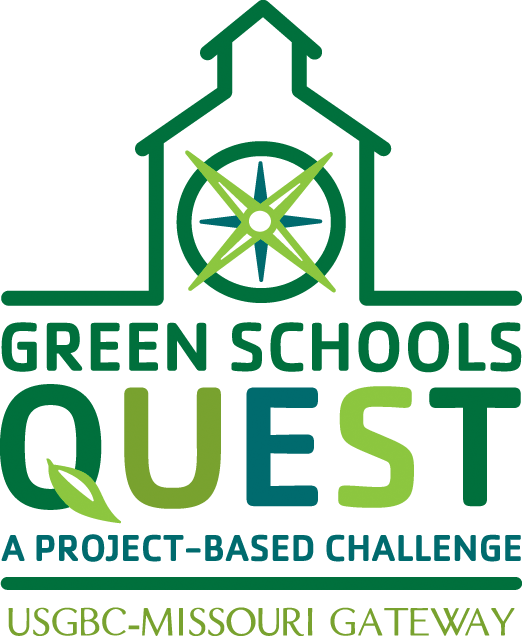While Memorial Day weekend may have a different look this year with no big parades or neighborhood block parties due to the ongoing impacts of COVID-19, there are still ways to celebrate the holiday while sheltering in place and obeying social distancing guidelines. Breaking out the grill for a cookout at home is a fun and leisurely way to get outdoors and spend time with the family; however, grilling poses a unique set of environmental challenges and oftentimes comes with a hefty price tag for the environment.
Fortunately, there are a variety of ways area residents can take a greener approach to cooking outdoors by igniting a few changes to the way you grill and the kinds of products you buy. Commemorating Memorial Day in an eco-friendly manner is a great way to honor the brave men and women who have served and continue to serve our country. With that in mind, here are a few tips to consider for reducing environmental impact this weekend to help improve the region’s air quality:
- Opt for a gas grill – When it comes to the grill itself, you have options to reduce your carbon footprint. From an air pollution standpoint, natural gas and propane grills burn the cleanest in terms of greenhouse gas emissions, volatile organic compounds (VOCs) and particulate matter. They also leave behind less waste than charcoal or wood grills. If you must use a charcoal grill, avoid using petroleum-based lighter fluids and self-lighting charcoal that release petrochemicals into the atmosphere, and opt for an electric charcoal starter instead.
- Avoid disposable dishes and utensils – When shopping for supplies, look for recyclable or compostable plates, cups and utensils rather than the kind that end up in the trash. Otherwise, instead of buying tableware for one-time use, opt for your favorite set of dishes for the cookout this year. While this may lead to a little extra time spent at the kitchen sink, this small change can help save you money in the long run and keep the air quality in healthy ranges.
- Choose locally grown produce – Consider sourcing as many of your ingredients as possible locally to help reduce emissions produced by large transport trucks. The less your produce has to travel, the less waste is produced, and the smaller the impact on the environment. Since consumers can easily access local homegrown produce without having to leave their own community, many shoppers are also able to walk or bike to their local market instead of driving, which helps to minimize car use and cut down on emissions that lead to poor air quality.
- Set up recycling containers – Even if you’ve closely followed these tips, you’ll still probably end up with items to recycle after your barbecue. You can do your part to keep waste at a minimum by putting out labeled bins for recycling. If your area doesn’t take mixed recycling, include a label for items that can go in the bin: glass only, cans only or paper only. If you compost, consider setting up covered bins for food scraps, charcoal ashes and other biodegradable items, too.
Take action for cleaner air by making sustainable choices this Memorial Day and continue to lead an eco-friendly lifestyle to help people all across St. Louis breathe easier every day, not just on special occasions. To learn more about the link between living greener and our air quality, visit our website, like us on Facebook or follow us on Twitter at @gatewaycleanair.





